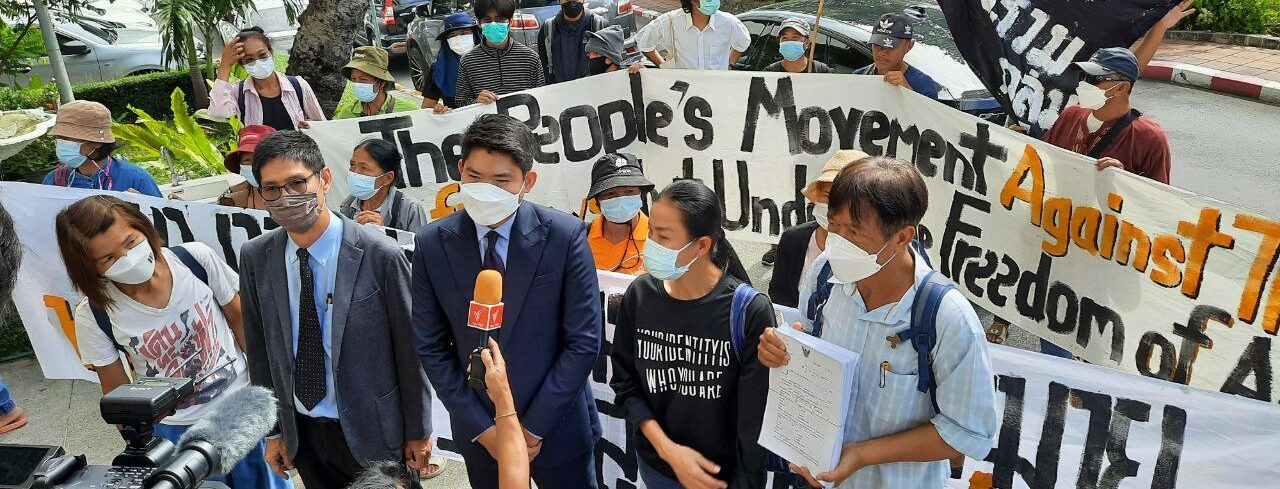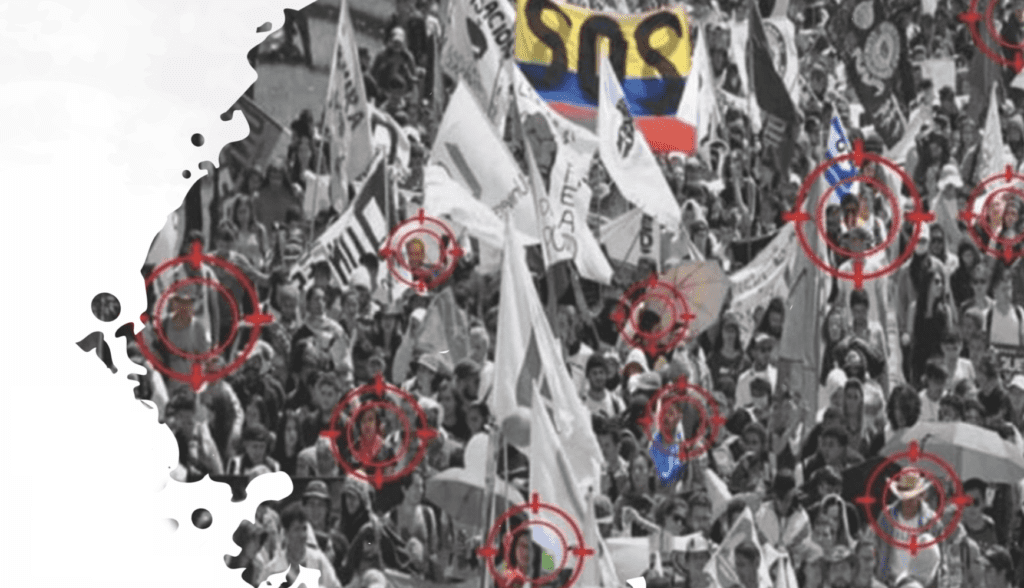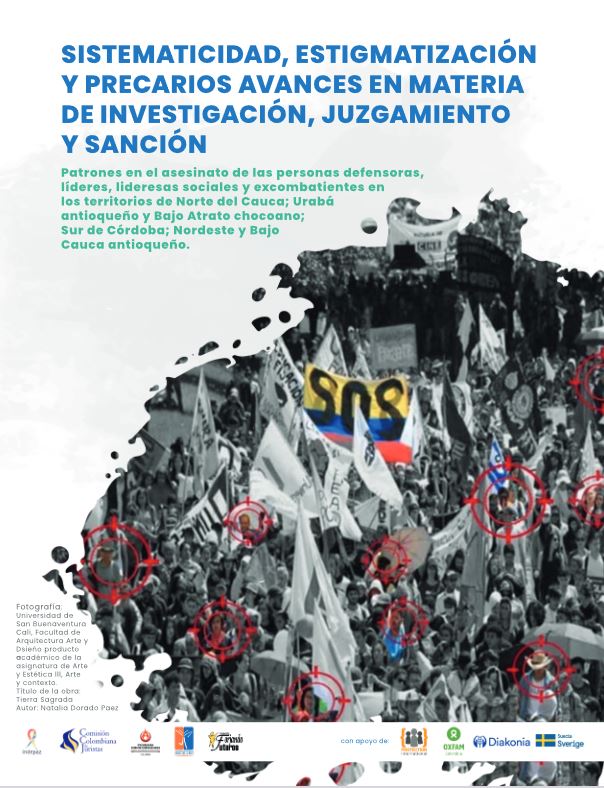[31 March 2021] The Interchurch Commission for Justice and Peace, the organizations Fundación Forjando Futuros and Somos Defensores, the Institute of Studies for Development and Peace (Indepaz), and the Colombian Commission of Jurists—with the support of Protection International, OXFAM and DIAKONIA—presented the preliminary finding of research that points to the existence of systematic patterns in the murder of human rights defenders and social leaders acting within four regions in Colombia: North Cauca; Urabá antioqueño and Bajo Atrato Chocoano; South Córdoba; and northeast and lower Cauca antioqueños. (1)
The researchers identified patterns based on testimonials from primary sources in conjunction with information from a consolidated database (2) on the homicides of defenders, leaders, and ex-combatants of the FARC-EP. According to the report, in the period between 1 November 2016 and 30 June 2020, 255 people were victims of homicide in the four regions mentioned—213 of them were characterized as human rights defenders and social leaders and 42 as ex-combatants of the FARC-EP.
The results highlight that human rights defenders and social leaders who are most attacked are those belonging to indigenous, political, and peasant groups or communities. Afro-descendant leaders, defenders participating in processes of voluntary substitution of illicit crops, leaders who participate in land restitution processes, and defenders of environmental and territorial rights have also been increasingly victimized.
According to the study, the Office of the Attorney General of the Nation of Colombia (FGN) did not provide sufficient information concerning the cases of assassinated defenders, hindering any proper orientation or understanding about resultant investigations, as well as any progress for dismantling the armed and criminal organizations that are presumed to be behind these crimes.
The publication clearly identifies the practices of the Office of the Attorney General that do not meet the parameters established by the Inter-American Commission on Human Rights (3) referring to the treatment and presentation of the figures related to the homicide investigations, including:
- The use of the category “in clarification”, without specifying in how many cases it was possible to establish the intellectual authors, the structures or alliances behind the crimes, the persons implied in the crimes, and the determinants.
- The information released to the public by the Office of the Attorney General does not coincide with the actual prosecution activity carried out. For example, those who were captured for the murder of Aquileo Mecheche, José Leandro Chavarría, and Norberto Alonso Gutiérrez were not prosecuted for the crime of homicide. Instead, they were charged with other, lesser crimes such as conspiracy to commit a crime or for illegally carrying weapons.
- The Office of the Attorney General did not include cases documented by the Ombudsman’s Office or by civil society organizations. Its information is only based on the cases registered by the United Nations High Commissioner for Human Rights (OHCHR) in Colombia, even though the agency has warned about the incompleteness of its records and cited the need to seek for other sources.
According to this research, the State’s response in relation to investigation, prosecution, and punishment is the missing link that implies the systematicity of murders targeting social leaders, human rights defenders, and ex-combatants, and resolving this issue lies within the framework of the obligations of the State.
After exposing the preliminary findings of this research in detail, which hopes to continue studying patterns of systematicity in these and other regions of the country, the researchers have proposed recommendations aimed at fulfilling the State’s obligations to investigate, prosecute, and punish those that are violating the right to defend human rights.
For a more complete understanding of the research findings and recommendations, please view the full report (Spanish only) below.

References
(1) North Cauca region: Buenos Aires, Caloto, Caldono, Corinto, Guachené, Miranda, Puerto Tejada, Santander de Quilichao, Suárez, Toribío and, Villa Rica; Urabá antioqueño and Bajo Atrato chocoano region: Apartadó, Carepa, Turbo, Mutatá, Vigía del Fuerte, Carmen del Darién and, Riosucio; South Córdoba region: Montelíbano, Puerto Libertador, San José de Uré and Tierralta; and, northeast and lower Cauca antioqueños regions: Anorí, Cáceres, Tarazá, Ituango, Caucasia, El Bagre, Valdivia, Briceño and Zaragoza.
(2) The joint database analyzed in this research advance links information from seven databases provided by the Centro de Investigación y Educación Popular CINEP / Programa por la paz, the Fundación Forjando Futuros, Comisión Intereclesial de Justicia y Paz, Programa Somos Defensores, Instituto de Estudios para el Desarrollo y la Paz (Indepaz) and Comisión Colombiana de Juristas.
(3) IACHR (2019). Report on the situation of human rights defenders and social leaders in Colombia: Approved by the Inter-American Commission on Human Rights on December 6, 2019 / Inter-American Commission on Human Rights. OEA / Ser.L / V / II. Doc. 262/19.



 Spanish
Spanish